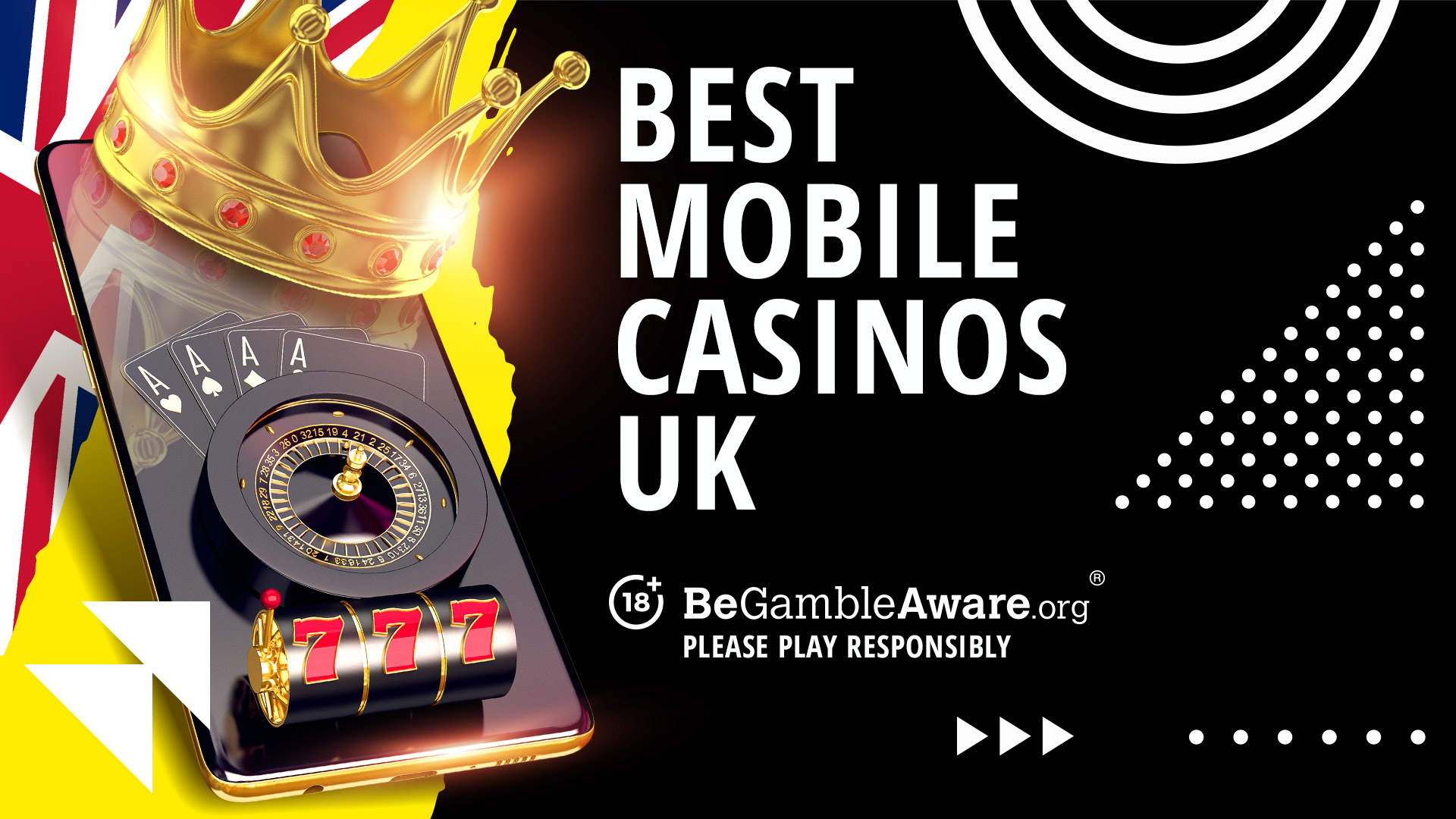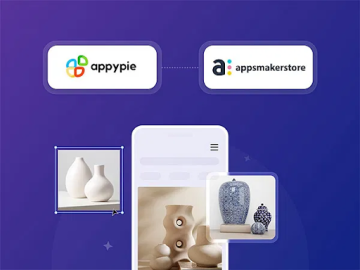In a world where standing out online is crucial to business success, industry experts share their insights on building a strong brand.
A PR consultant emphasizes the power of creating a sound signature to captivate audiences, while a Senior Strategy Director underlines the necessity of ensuring consistency across all platforms. In this post, discover nineteen expert tips starting with the importance of a sound signature and concluding with how to stand out from the competition.
Here lies the roadmap to mastering online brand presence with actionable advice from the field’s leaders.
- Create a Sound Signature
- Develop Customer-Centric Content Strategy
- Foster Genuine Community Engagement
- Develop a Distinctive Visual Identity
- Consistently Produce High-Quality Content
- Leverage User-Generated Content
- Lead with Purpose
- Develop a Consistent Brand Voice
- Infuse Authenticity and Social Good
- Showcase Behind-the-Scenes Content
- Implement Effective SEO Practices
- Use a Brand-Messaging Bluebook
- Stick to Clarity, Cohesion, Consistency
- Craft a Clear and Unique Message
- Ensure Consistency Across Platforms
- Maximize Internet Real Estate
- Tell a Cohesive Brand Story
- Leverage Long-Term Influencer Partnerships
- Stand Out from the Competition
Create a Sound Signature
An often-overlooked but powerful tactic for building a strong brand online is the creation of a sound signature. A sonic logo can become the differentiating asset that makes your brand memorable to your customers, whether B2B or B2C. Indie musicians and producers develop a palette of sounds from your brand guidelines that you can integrate into video and image content, as notification sounds in your online and offline customer journey, and in podcast and broadcast content. I highly recommend exploring the power of sound.
Melanie Marten, PR Consultant, The Coup
Develop Customer-Centric Content Strategy
Building a strong online brand is all about developing a customer-centric content-marketing strategy. Start by deeply understanding your audience, not just their demographics but also their needs and challenges. This knowledge allows you to create content that truly resonates, solving problems or offering value that positions your brand as a trusted resource.
Next, focus on creating high-quality, valuable content that addresses those specific needs. Whether it’s blog posts, videos, or social media updates, your content should provide real solutions, insights, or inspiration. Consistency is key—regular, relevant content builds trust and keeps your audience engaged.
Search engine optimization (SEO) ensures your content reaches the right people. By using the right keywords and optimizing technical aspects, you make your content discoverable to a wider audience. SEO drives organic traffic, helping your brand become more visible.
Social media is another critical platform for amplifying your brand. It’s not just about posting content but creating a dialogue with your audience. By engaging on platforms like Instagram and LinkedIn, you foster deeper connections, turning followers into a loyal community.
Finally, monitor and adapt. Regularly track your content’s performance to refine your strategy, ensuring it aligns with your audience’s evolving needs. A customer-focused content-marketing strategy builds an online brand that stands out, fostering trust and long-term loyalty.
Lisa Benson, Marketing Strategist, DeBella DeBall Designs
Foster Genuine Community Engagement
In my experience, a key tactic in building a strong online brand is by fostering genuine community engagement. This goes beyond simply responding to comments or messages. We cultivated our online community through regular webinars, Q&A sessions, and sharing relevant content. This not only helped position us as thought leaders in the tech-education space but also fostered a sense of connectedness that organically enhanced our brand’s recognition.
Another successful approach involved leveraging user-generated content, like sharing our students’ success stories or project highlights. This added an authentic flavor to our brand, making it more relatable and engaging for our prospective students. It’s essential to remember that building an online brand isn’t a one-time effort but a continuous process that requires authenticity, creativity, and consistency.
Greta Maiocchi, Head of Marketing & Admissions, OPIT
Develop a Distinctive Visual Identity
I have found that developing a distinctive visual identity across all online platforms is a great way to build a strong bond. By consistently using specific colors, fonts, and imagery, I ensure my brand is easily recognizable no matter where it appears.
I begin by creating a brand style guide that details our visual elements, tone, and overall look. Then, I apply this consistent style to everything, including our website, social media, email newsletters, and digital ads.
This visual consistency helps create a memorable impression on our audience. When people repeatedly encounter our unique style, it reinforces brand recognition and builds trust over time.
I also ensure our visual identity matches our brand values and connects with our target audience. This thoughtful design approach helps us stand out and effectively communicate our brand’s personality.
Sonu Bisht, SEO Expert, Digininja Private Limited
Consistently Produce High-Quality Content
Content marketing. By consistently producing high-quality, relevant content—such as blog posts, whitepapers, videos, and social media updates—you can establish your brand as an industry thought leader. Content that addresses your audience’s pain points and interests not only educates them but also builds trust and credibility. For instance, creating a series of in-depth blog posts or videos that tackle common industry challenges can position your brand as a go-to resource.
For maximum impact, use SEO best practices to ensure your content is easily discoverable through search engines. This not only increases your visibility but also drives organic traffic to your site. Additionally, sharing this content across social media platforms helps engage your audience, encouraging them to share and discuss it, which amplifies your reach. Over time, this approach not only enhances brand recognition but also fosters a loyal community that values your insights and solutions.
Ira Prevalova, Growth Marketing Director, Adverity
Leverage User-Generated Content
One effective strategy for creating a strong online brand is using User-Generated Content (UGC).
UGC refers to any content—such as photos, videos, testimonials, or reviews—produced by your customers or community that emphasizes your brand. What makes UGC so powerful? It’s authentic. People tend to trust genuine stories from actual customers far more than they trust polished advertisements from brands.
For instance, imagine you’re introducing a new line of eco-friendly shoes. Instead of depending solely on your internal marketing team to promote their greatness, you invite your customers to share their experiences on social media. This not only broadens your reach through their networks but also nurtures trust and relatability.
When prospective customers come across authentic posts from people they can identify with, the effect can be much greater than that of traditional advertisements. It’s similar to word-of-mouth marketing, but enhanced for the digital era! Besides, UGC allows your audience to feel involved in your brand’s narrative, thereby deepening their connection to it.
In summary, by using UGC, you change your customers into your most effective marketers while simultaneously encouraging trust and authenticity on a larger scale.
Yannick Habraken, Founder / CMO, Hyred
Lead with Purpose
If you want to build a strong online brand, start by leading with purpose… and don’t stop there. It’s more than lip service. You’ve got to be consistent and committed to your “why.” In today’s world, people are inundated by a competitive commoditization of products and services—mostly look-alike or vying for limited positioning power using the traditional 4Ps. Positioning with “purpose” allows you to create a competitive moat that aligns with something deeper—connected core values between your brand and customer.
So when your brand speaks, make sure you’re sharing not just what you do, but why you do it. Let your audience in, give them something to connect with beyond mere price, features, functions, etc. Your brand must stand for something bigger than transactions, or you’ll get left in the dust in this increasingly “conscious” capitalist culture.
Chase Friedman, Founder & Brand Coach, Vanquish Media Group
Develop a Consistent Brand Voice
By far, the single most important factor you need to consider is developing a consistent and authentic brand voice. This means defining the tone, language, and personality that embody your business, target your audience, and ensure they are reflected in every piece of content you produce.
Consistency in your brand voice builds recognition and trust with your audience. An authentic voice differentiates you in a crowded market and resonates more deeply with customers. For instance, if your brand values innovation and sustainability, your communications should consistently highlight these themes.
Some things to consider:
- Create brand guidelines.
- Train your team.
- Stay authentic.
If you can nail your brand’s voice through effective strategy, you are well on your way to building a strong online brand.
Angus Downer, Director, The Ground We Walk On
Building a strong online brand? It’s like being the cool kid at the digital party—everyone wants to know you, but how do you make that happen? Here’s the tactic: infuse your brand with a dose of authenticity and sprinkle some social good on top. Think cause-related marketing, where every click and share tells a story not just about what you sell but about what you stand for.
Want to crank up the charm? Collaborate with a nonprofit. It’s like telling your audience, “Hey, not only are our products awesome, but every purchase fuels something bigger.” For a slick twist, team up for a campaign that aligns with your brand—like eco-friendly products that support sustainability initiatives.
And if you’re scratching your head on who to partner with, we’ve been weaving social impact with corporate coolness long before it was a hashtag trend. Sneak that into your strategy, and watch how your brand not only gains followers but earns respect and loyalty. Now that’s how you make a mark online!
Raghu Vamsi Kadiri, Founder & CEO, Marpu Foundation
Showcase Behind-the-Scenes Content
One powerful tactic for building a strong online brand is consistently showcasing authentic, behind-the-scenes content that highlights your company’s expertise and culture. At Premier Staff, we’ve found that sharing glimpses of our team in action during high-profile events resonates strongly with our audience. For instance, we regularly post carefully curated images and short videos of our staff preparing for luxury-brand activations, like setting up for a Louis Vuitton showcase or coordinating logistics for a Ferrari Formula One event.
This approach not only demonstrates our capabilities, but also humanizes our brand, giving potential clients insight into the dedication and professionalism that goes into every event we manage. By featuring real moments from prestigious events, we reinforce our position as leaders in luxury event staffing while building trust and engagement with our online audience.
Daniel Meursing, Founder/CEO/CFO, Premier Staff
Implement Effective SEO Practices
One of the best ways to develop a robust online presence is through Search Engine Optimization (SEO). Here’s why it’s important:
- Increases Brand Visibility and Authority: Effective SEO practices ensure your target audience finds your brand organically in search results. By optimizing content with relevant keywords, your brand positions itself as an authority, enhancing your reputation and reliability.
- Drives Targeted Traffic and Builds Trust: SEO attracts active users searching for what you offer, leading to higher interaction and conversion rates. Visitors who find you organically are more likely to trust your content, further boosting your brand’s credibility compared to paid advertisements.
- Supports Content Marketing and User Experience: SEO complements content marketing by optimizing blogs, videos, and case studies, which helps reinforce your brand identity and bring valuable traffic. Additionally, good SEO practices improve website speed and mobile-friendliness, enhancing user experience and encouraging repeat visits.
- Ensures Long-Term Brand Presence: While implementing SEO takes time and effort, its benefits are long-lasting. Consistently ranking high in search results ensures your brand remains visible without ongoing advertising costs.
SEO significantly enhances online visibility and credibility by ensuring your website ranks highly when customers search for relevant products or services.
Nizar Artas, SEO Analyst, VirrgoTech
Use a Brand-Messaging Bluebook
One effective tactic we use for building a strong online brand is having a brand-messaging bluebook that focuses on solving our clients’ pain points.
This bluebook serves as a foundational document across all our teams, including operations, copywriting, social media, and related departments—to ensure consistent messaging across all channels.
By aligning everyone with the same core narrative, we have built a cohesive and trustworthy brand presence that resonates with our audience in the education marketing industry and addresses their needs.
Manno Notermans, Head of Marketing, Think Orion
Stick to Clarity, Cohesion, Consistency
Stick to these three Cs: clarity, cohesion, and consistency! Establish a clear brand and messaging strategy, then make sure that your words, decisions, and actions are within the guardrails created by those strategies. Then, be prolific and unafraid to put yourself and your message out there.
Laura Barnard, CEO, BREAKTHRU Brands
Craft a Clear and Unique Message
Having a clear and unique message in the top half of your website is critical to the success of any organization.
This message should specifically mention your:
- Market Category
- Benefits
- Audience
- Unique Features
In doing this, you can ensure that the people who visit your website immediately understand what you do, who you do it for, and how you do it well.
If this message resonates with them, they will then continue to read further.
If you are unable to communicate this well, you are likely to see even an ideal and qualified buyer leave your website.
Jacki Brown, Fractional Marketing Leader, Jacki Brown Marketing
Ensure Consistency Across Platforms
One of the most effective ways to build a strong online brand is through consistency over time and across all platforms. It’s crucial that your messaging, values, and identity are aligned wherever your audience interacts with you. But consistency doesn’t mean using the same assets everywhere. Instead, it’s important to tailor your assets to each platform based on how your audience engages with it to ensure your message resonates effectively.
We ensure every touchpoint reflects our clients’ core values, helping them build trust and long-term engagement with their audiences. We tailor assets for each platform, aligning them with audience behavior to deliver the most effective messaging. This approach makes your brand more recognizable, memorable, and trustworthy, which is key to building a strong online presence.
Jonatan Morales, Senior Strategy Director, Orange Line
Maximize Internet Real Estate
One thing that I focus on is internet real estate. Let’s say you take a full-size print billboard and you have it in one location. You will only get so many views of that billboard daily. So what I like to do is take that billboard—in this case, it could be Google Ads—and chop it up into smaller pieces and place those pieces all over the internet.
I view the internet as a city, and we need more smaller pieces of real estate to take up. This allows potential buyers to “run into” the business more likely. We are generating subconscious views by doing this. So I would use a ton of directory listing sites, then move to sites like Yelp, Thumbtack, Nextdoor, etc., to continue to build that brand. It builds trust, and people can see that your business stands out because you are everywhere.
Obviously, consistent messaging/print/video is important for brand recognition, but besides that, the more places you can put your business out there, the better off you will be.
Phil Rugari, Owner, Magnolia Marketing Solutions
Tell a Cohesive Brand Story
A powerful strategy for establishing a brand involves creating compelling content that tells a cohesive story consistent with your brand’s purpose and beliefs. We advocate for the importance of defining a north—a guiding principle that shapes all content to reflect core values and narrative themes. This method not only connects with audiences on a deeper level but also fosters trust over time.
Sharing stories about your brand humanizes it. It helps people relate to and remember it better than just promoting products or services alone. You can share stories that showcase your impact or the hurdles you’ve faced, or provide inside glimpses that resonate emotionally with your audience. For organizations focused on causes and purpose-driven brands, specifically, sharing real-life stories of individuals impacted by your efforts can forge bonds. This fosters deeper connections and cultivates a dedicated community of supporters.
Consistency is key to conveying a message and tone to your audience when sharing content across platforms, like your website, social media, and email marketing campaigns. This consistent approach helps establish a strong brand identity that fosters trust and recognition among your followers.
In today’s saturated content landscape, brands that tell stories while staying true to their values and maintaining consistency shine. By keeping this aspect at the core of your purpose, you develop a brand that not only grabs people’s attention but also forges deep and lasting connections. The art of storytelling in marketing goes beyond a strategy—it forms the essence of all our efforts here at Tellwell because it sparks interest, nurtures trust, and ultimately cultivates stronger and more genuine bonds with your audience.
Max Kringen, Founder + Chief Storyteller, Tellwell Story Co.
Leverage Long-Term Influencer Partnerships
One effective strategy for establishing a robust online brand presence is to leverage influencer marketing to build long-term partnerships with influencers who align with your brand values. Instead of one-off, random collaborations, create ongoing relationships that allow influencers to become genuine advocates for your brand.
Start by selecting influencers whose audience matches your target demographic and whose personal brand aligns with your values. This ensures authenticity, as their endorsement will feel natural and credible to their followers.
Next, collaborate with these influencers on a variety of content over time. This could include product reviews, behind-the-scenes looks, and participation in brand events. Consistent and varied content helps to keep the audience engaged and reinforces the brand message.
Finally, measure the impact of these partnerships through engagement metrics, conversions, and brand sentiment. Long-term influencer relationships increase brand visibility and build trust and loyalty among the audience, leading to a stronger and more enduring online presence.
Joanna Hughston, Head of Marketing (UK/US), The Goat Agency
Stand Out from the Competition
The biggest tactic is to “stand out” from the competition. Everyone knows the corporate look, so when a company breaks the mold and does something that people assume a corporation wouldn’t do, good or bad, it stands out.
There is so much noise these days that it’s hard to grab attention. One tactic is the “tall poppy syndrome” of standing out to get attention, and that simply means doing what others aren’t doing.
This could be as simple as concentrating on email while your competitors are chasing the fads of Insta DMs to connect with their customers. Or it could be as hard as running a first-of-its-kind WhatsApp game to win discounts, instead of just a generic Insta competition.
Geraint Clarke, CEO, MTHD Marketing





